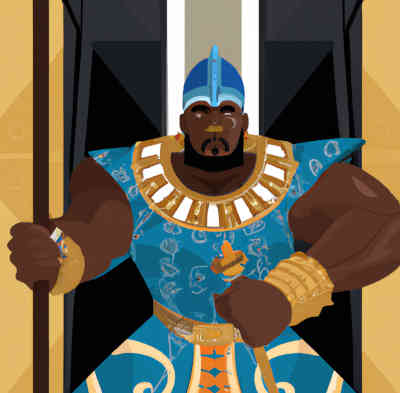There are techniques that can enable anyone to memorize much more than may seem possible. This post will show how I generated and memorized a 256-bit encryption key this morning using the approach explained here.
TANSTAAFL
There ain’t no such thing as a free lunch. This saying is abbreviated TANSTAAFL in Heinlein’s novel The Moon is a Harsh Mistress. It takes effort to safe effort.
Memorization techniques make it easier to remember new things if you invest effort into the techniques. The more you invest into the techniques, the easier memorizing new things is.
Whether this investment is practical depends on the person. I find it more interesting than practical; I rarely need to memorize anything. But I know of people who have used these techniques to great advantage.
Generating a key
First, I’ll generate a 256-bit number using Python.
>>> import secrets >>> s = secrets.randombits(256)
This produced the following:
14769232028620221959695310712392700269168526908419649910136349315042507303581
If you were to run the same code you would not get the same number, which is the point of the secrets module. It seeds a random number generator with entropy extracted from the state of the computer it is running on.
Parsing digits
The number above has 77 digits, so I split it into a two-digit number, 14, and 25 three-digit numbers: 769, 232, …, 581. Then using Major mnemonic system encoding, I associate each number with a letter of the NATO phonetic alphabet.
I encode 14 as “tar”, and the NATO word for the letter A is “alpha,” so I imagine an alpha male covered in tar.
I encode 769 as “ketchup,” and the NATO word for B is “bravo,” so I imagine a brave bottle of ketchup, arms akimbo, and wearing a superhero cape.
…
I encode 581 as “elevator” [1], and the phonetic word for Z is Zulu, and so I imagine Shaka Zulu riding in an elevator.
Using this process I memorized the random number above in a few minutes.
Just for fun I asked DALL-E 2 to produce an image of “Shaka Zulu, spear in hand, riding in an elevator” the image below is one of the ones it created.

Related posts
[1] Strictly speaking, “elevator” decodes as 5814. But I use a common convention of only considering the first three consonants in a word. This is a good trade-off because it’s not likely you could encode a 4-digit number in a single word.
The post Example of memorizing a 256-bit private key first appeared on John D. Cook.